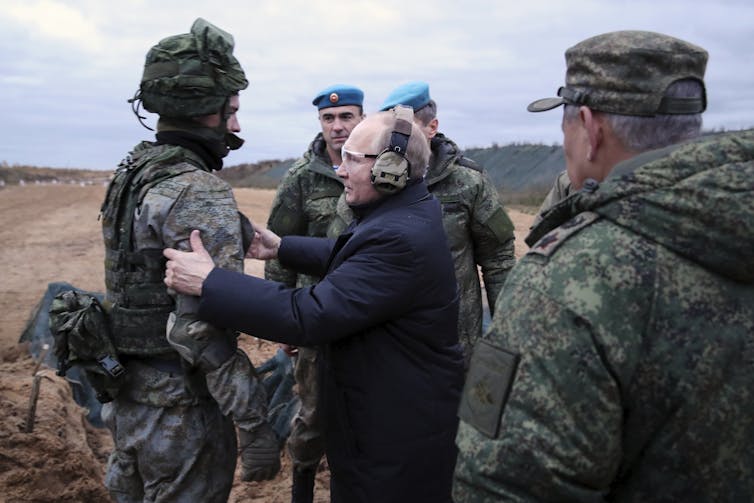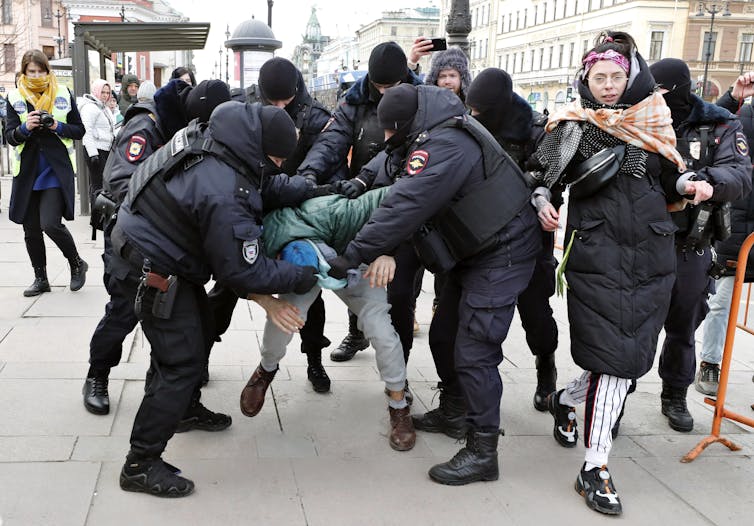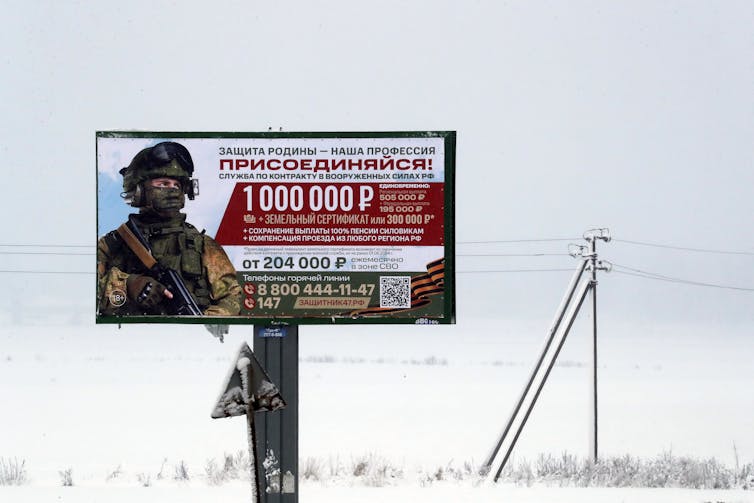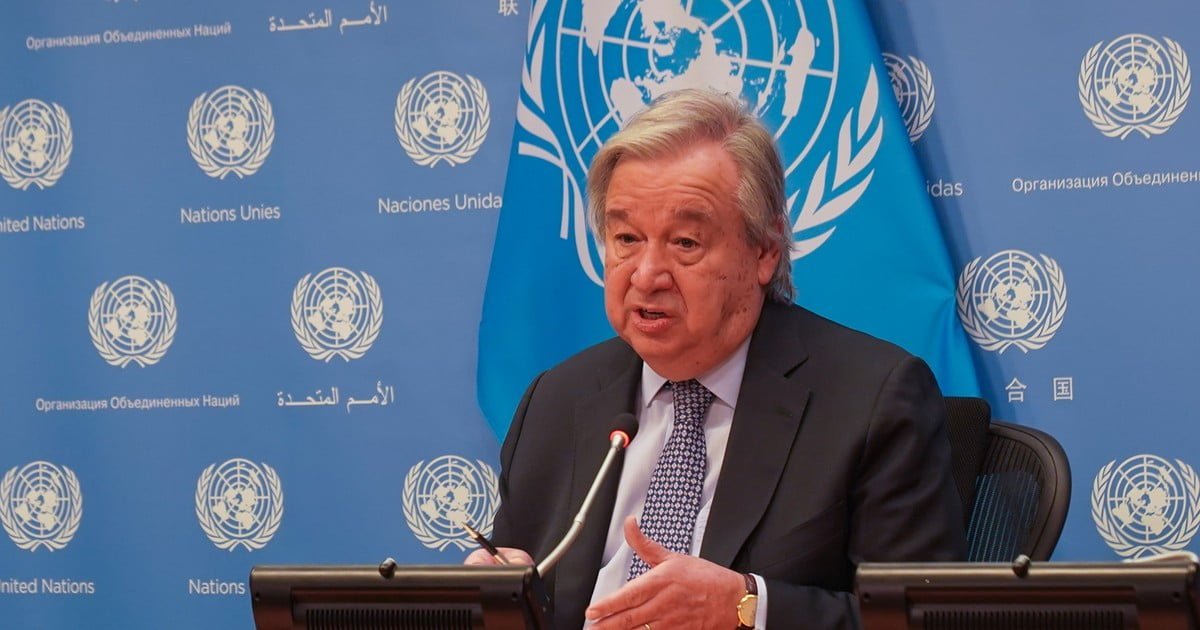Two years after Russia’s full-scale invasion on February 24, 2022, Ukraine’s resistance remains remarkable. Confident initial predictions of a swift Russian triumph were repeatedly proven wrong. Instead, Russia’s military was beset by poor logistics, corruption, a sclerotic command structure and an inability to counter Ukrainian tactics.
Kyiv’s armed forces successfully prevented a rash Russian attempt to seize the Ukrainian capital and then stopped the entire Russian advance. After six months, they began turning the Russian invaders back, recapturing swathes of territory around Kharkov in the north and Kherson in the south.
Ukrainian President Volodymyr Zelensky was feted by Western leaders, parlaying his personal popularity into commitments of military aid and insisting Ukraine could prevail with a more sophisticated arsenal.
Yet for all these early successes, the war soon devolved into repeated human waves of attacks by Russian conscripts against well-defended Ukrainian positions. The slow drip-feed of Western weapons forced Kyiv to significantly delay its 2023 counteroffensive. This gave Russia’s armed forces time to design deep and elaborate defensive fortifications, minefields and tank traps.
Libkos/AP
Indeed, thanks largely to Russian efforts, Ukraine is now the most heavily mined country in the world.
Once Ukraine’s counteroffensive commenced, its forces made little headway and took heavy losses, especially given the lack of air support.
Facing personnel and equipment shortages, Zelensky dramatically fired his military chief, Valerii Zaluzhny, earlier this month, opting for a new strategy that seeks to build Ukrainian strength while blocking further Russian advances.
Russia: weakened, but determined
After being humiliated by failing to immediately achieve the objectives of its “special military operation” in early 2022, the Kremlin attempted to cow an obstinately united West through bluff and bluster, while bludgeoning Ukrainian cities and military positions.
It repeatedly rattled nuclear sabres, mobilised isolationist and far-right groups throughout Europe and warned of a looming world war. President Vladimir Putin’s rhetoric bordered on unhinged, punctuated by rants about the moral decrepitude of “Satanic” Western culture that only Russian traditional values could resist.
Tellingly, in a rare moment of honesty, Putin also admitted the obvious: invading Ukraine was about restoring what he saw as Russia’s “historic lands”.
While mobilising hundreds of thousands of men for sacrifice in the Ukrainian meat-grinder, the Kremlin sought to project an image of a society overseen by a stable, albeit xenophobic troika. Putin was the wise tsar, the Orthodox Church was the steward of Russia’s conservative soul and the military served as Russia’s armoured bulwark.

Mikhail Klimentyev/Pool Sputnik Kremlin/AP
With no good news to report, Kremlin propagandists created a bizarre narrative in which Russia was defending itself against NATO aggression, liberally labelling Russia’s opponents as “Nazis”.
But this failed to mask the reality that Russia itself was increasingly becoming Nazified, as its hyper-nationalist “Z” movement made clear. So, too, did repeated genocidal and antisemitic language:
Simultaneously, Russia’s draconian crackdown on internal dissent resulted in lengthy jail terms for anyone found guilty of criticising the war or army.

Anatoly Maltsev/EPA
Russia’s failures also brought the audacious revolt in June 2023 by Yevgeny Prigozhin, the leader of the Wagner mercenary group, and one of Putin’s closest confidantes. And despite Prigozhin’s subsequently convenient death, the fact he had managed to march largely unchallenged through Russia until voluntarily stopping 200 kilometres from Moscow made Putin look considerably weakened.
However, with the start of 2024, Russia’s forces have started pressing again on the battlefield, making small territorial gains.
A recent report puts the current number of Russian military personnel in Ukraine at 470,000. And although it is believed to have lost a staggering 8,800 armoured fighting vehicles and some 315,000 dead and wounded – fully 90% of the forces it began the war with – the Russian armed forces have finally begun to adapt.

Anatoly Maltsev/EPA
What will the coming year bring?
How the war unfolds in 2024 will have momentous implications for the world – a fact not receiving near enough attention in Western media coverage.
It will determine whether Ukraine is able to retain its territory and begin the painful rebuilding process.
It will be decisive for Putin’s wager that conquest comes without consequences, perhaps emboldening him to sets his sights on other states on its periphery.
It will confirm whether Europe can remain stabilised, secure and united, and whether America will continue to be seen as a reliable ally.
For the Kremlin, the key question is whether it can keep domestic discontent muted long enough for the West to lose interest in the war and withdraw its support for Ukraine. It is unlikely to run out of weapons, having massively ramped up domestic production of armaments and sourcing drones and ammunition from a rogues’ gallery of pariahs: Iran and North Korea.
Ukraine, which is fighting for national survival, faces a tougher and grimmer 2024. It will need to continue absorbing relentless Russian attacks, keep its economy afloat and rebuild its military strength for yet another attempt to evict Russia’s forces.
Zelensky’s famous “I need ammunition, not a ride” response to a US offer to evacuate him in 2022 holds just as true two years later. Without a constant stream of military aid, Ukrainian resistance will be very hard to sustain.
Ukraine war: the west is at a crossroads – double down on aid to Kyiv, accept a compromise deal, or face humiliation by Russia
Aid from Ukraine’s most crucial supporter, the United States, has been stymied by the extreme right wing of the Republican Party. This is causing ammunition shortages that are already being measured in Ukrainian lives and territory.
But a far greater threat lies on the horizon, in the real prospect of a second Donald Trump presidency. Putin is well aware Trump will give him a free hand in Ukraine and probably beyond it, too.
Accordingly, he is investing significant efforts to back his candidacy. The extraordinary spectacle of Putin – the leader of a hostile foreign power – using an “interview” with ex-Fox News personality Tucker Carlson to rally the Trump base was a keen indicator of that.
Europe is finally beginning to wake up to the reality a Trump-led US could abandon NATO, in addition to Ukraine. But whether European nations are able to overcome their institutional inertia and webs of entangled interests to stoutly resist Russia on their own remains an open question.
It’s an old adage, but wars are world-shaping. Their outcomes are far-reaching: redrawing maps, establishing new fault lines, and ushering in the birth and death of nations.
Russia’s war against Ukraine is proving to be no different.




